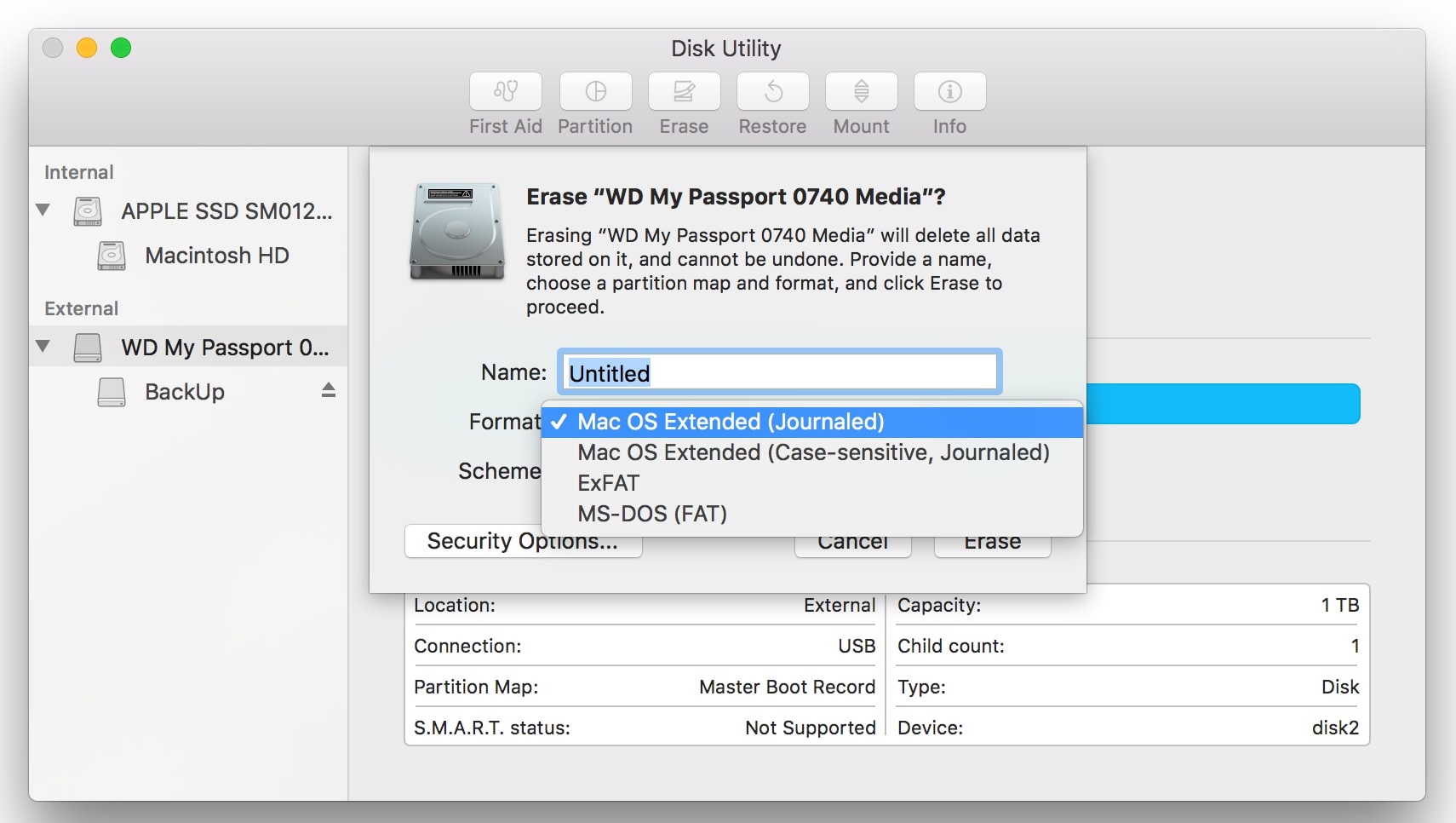

- My passport for mac authenticate full#
- My passport for mac authenticate registration#
- My passport for mac authenticate password#
- My passport for mac authenticate Bluetooth#
Likewise, the full set of response fields can be found in the PublicKe圜redential interface (where PublicKe圜redential.response is the AuthenticatorAttestationResponse interface).
My passport for mac authenticate registration#
The full set of required fields, optional fields, and their meanings for creating a registration request can be found in the PublicKe圜redentialCreationOptions dictionary. This is a simplification of the data required for the registration process that is only intended to provide an overview.
My passport for mac authenticate Bluetooth#
The authenticator may be embedded into the user agent, into an operating system, such as Windows Hello, or it may be a physical token, such as a USB or Bluetooth Security Key.Ī typical registration process has six steps, as illustrated in Figure 1 and described further below.
My passport for mac authenticate password#
This is a new concept in authentication: when authenticating using passwords, the password is stored in a user's brain and no other device is needed when authenticating using web authentication, the password is replaced with a key pair that is stored in an authenticator.
Authenticator - the credentials are created and stored in a device called an authenticator. Server - the Web Authentication API is intended to register new credentials on a server (also referred to as a service or a relying party) and later use those same credentials on that same server to authenticate a user. In order to understand how the create() and get() methods fit into the bigger picture, it is important to understand that they sit between two components that are outside the browser: This proves to the server that a user is in possession of the private key required for authentication without revealing any secrets over the network. In their most basic forms, both create() and get() receive a very large random number called the "challenge" from the server and they return the challenge signed by the private key back to the server. 
the server is connected by HTTPS or is the localhost), and will not be available for use if the browser is not operating in a secure context. Note: Both create() and get() require a secure context (i.e.
() - when used with the publicKey option, uses an existing set of credentials to authenticate to a service, either logging a user in or as a form of second-factor authentication. () - when used with the publicKey option, creates new credentials, either for registering a new account or for associating a new asymmetric key pair credentials with an existing account. Similar to the other forms of the Credential Management API, the Web Authentication API has two basic methods that correspond to register and login: Many websites already have pages that allow users to register new accounts or sign in to an existing account, and the Web Authentication API acts as a replacement or supplement to those on those existing webpages. Also, text passwords are much easier to brute-force than a digital signature.  Invulnerable to password attacks: Some users might reuse passwords, and an attacker may obtain the user's password for another website (e.g. Reduced impact of data breaches: Developers don't need to hash the public key, and if an attacker gets access to the public key used to verify the authentication, it can't authenticate because it needs the private key. Protection against phishing: An attacker who creates a fake login website can't login as the user because the signature changes with the origin of the website. The Web Authentication API (also referred to as WebAuthn) uses asymmetric (public-key) cryptography instead of passwords or SMS texts for registering, authenticating, and second-factor authentication with websites.
Invulnerable to password attacks: Some users might reuse passwords, and an attacker may obtain the user's password for another website (e.g. Reduced impact of data breaches: Developers don't need to hash the public key, and if an attacker gets access to the public key used to verify the authentication, it can't authenticate because it needs the private key. Protection against phishing: An attacker who creates a fake login website can't login as the user because the signature changes with the origin of the website. The Web Authentication API (also referred to as WebAuthn) uses asymmetric (public-key) cryptography instead of passwords or SMS texts for registering, authenticating, and second-factor authentication with websites.







 0 kommentar(er)
0 kommentar(er)
